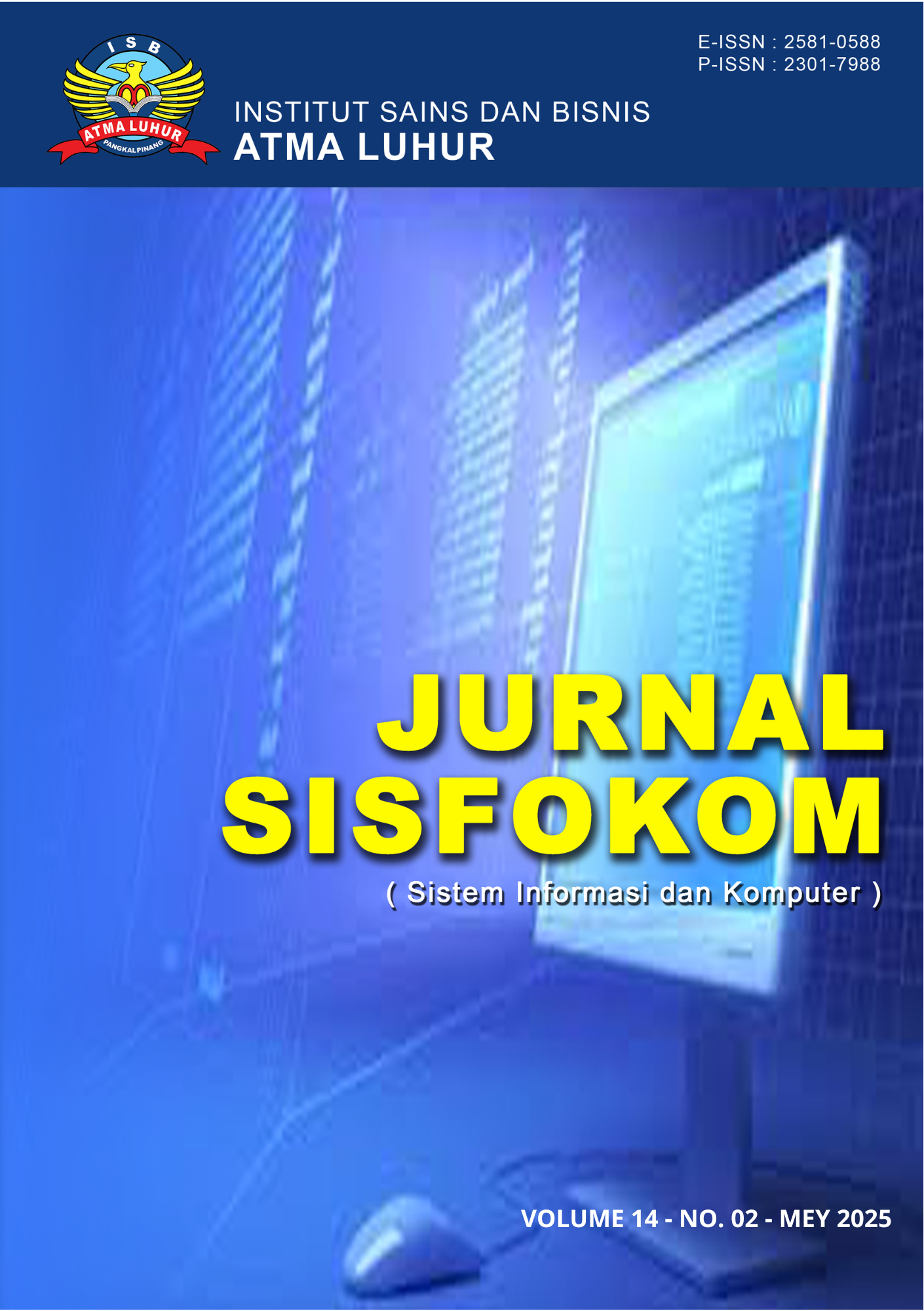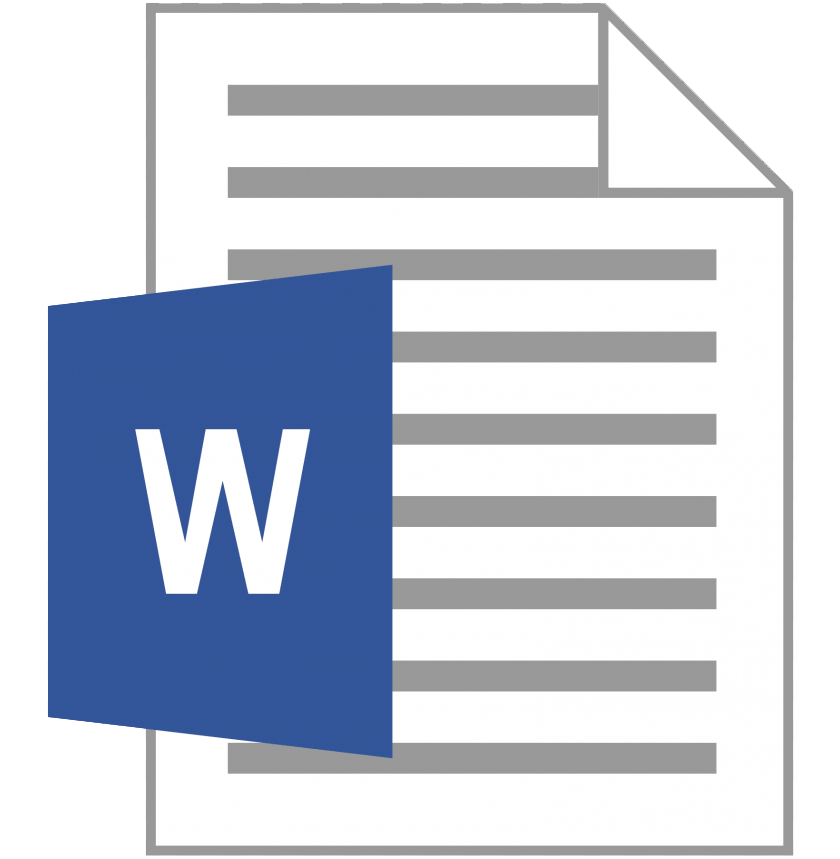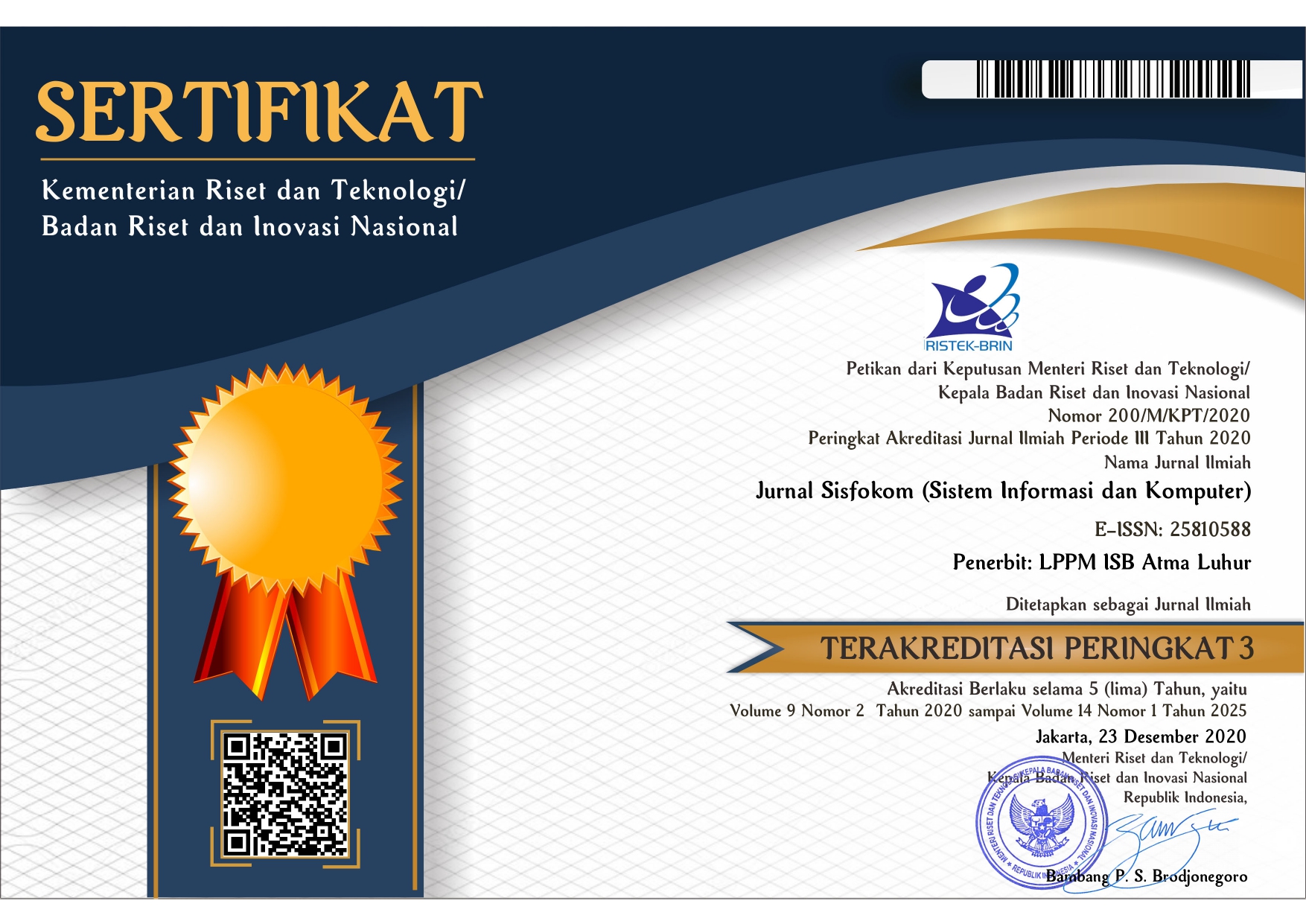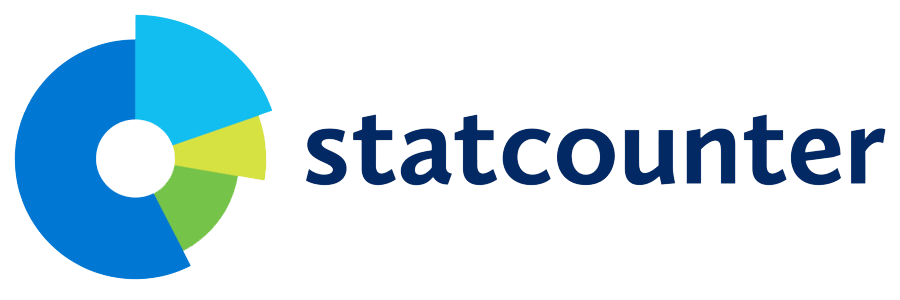Road Damage Detection Using Yolov9-Based Imagery
DOI:
https://doi.org/10.32736/sisfokom.v14i2.2377Keywords:
YOLOv9, Road Damage Detection, CNN, Deep Learning, Machine LearningAbstract
Road damage is one of the leading factors contributing to traffic accidents. Rapid identification and repair of damaged roads are crucial in road infrastructure management. This study aims to develop an effective method for detecting road damage, utilizing the YOLOv9 algorithm as a key component, such as cracks and potholes, using the Convolutional Neural Network (CNN) approach. YOLOv9 was chosen due to its efficient architecture, which enables real-time object detection, and its proven effectiveness in various object detection tasks. An annotated dataset of road images was used during the model training and testing process. The results show that the YOLOv9 model can accurately detect road damage. The model achieved a precision of 0.85 and a recall of 0.992 for pothole detection, and a precision of 0.94 for crack detection. Evaluation using mAP50 yielded a score of 0.96, while mAP50-95 reached 0.77, indicating strong detection and classification capability. A consistent decline in loss functions during training also signifies effective learning by the model. These findings suggest that YOLOv9 has the potential to be implemented in automated road damage detection systems, which can accelerate maintenance processes and enhance road user safety.References
T. Ngabalin, A. F. Habibie, and E. Darmawan, “Strategi Pengembangan Ekosistem Ekonomi Kreatif Dalam Mendukung Kebijakan Pariwisata Di Kota Tanjungpinang,” J. Ilmu Adm. Negara, vol. 11, no. 01, pp. 13–21, 2023, doi: 10.31629/juan.v11i01.5839.
R. Der Sarkissian, C. Abdallah, J. M. Zaninetti, and S. Najem, “Modelling intra-dependencies to assess road network resilience to natural hazards,” Nat. Hazards, vol. 103, no. 1, 2020, doi: 10.1007/s11069-020-03962-5.
M. T. A. Siregar, “Upaya Yang Dapat Dilakukan Oleh Korban/ Pengguna Jalan Meminta Pertanggungjawaban Pidana Penyelenggara Jalan Atas Terjadinya Kecelakaan Akibat Jalan Rusak,” EduTech J. Ilmu Pendidik. dan Ilmu Sos., vol. 6, no. 1, pp. 37–45, 2020, doi: 10.30596/edutech.v6i1.4393.
F. B. Santosa and A. S. Amal, “Kajian Studi Kelayakan Rencana Pembangunan Jalan Srondol-Sekaran Kota Semarang,” Semin. Keinsinyuran Progr. Stud. Progr. Profesi Ins., vol. 3, no. 1, 2023, doi: 10.22219/skpsppi.v3i1.7544.
R. Rivaldo and F. R. Yamali, “Perencanaan Perkerasan Kaku (Rigid Pavement) Ruas Jalan Hitam Ulu-Mentawak Di Kabupaten Merangin (Menggunakan Metode AASHTO 1993),” J. Talent. Sipil, vol. 5, no. 1, 2022, doi: 10.33087/talentasipil.v5i1.95.
P. Toscani, W. Sekot, and F. Holzleitner, “Forest roads from the perspective of managerial accounting-empirical evidence from Austria,” Forests, vol. 11, no. 4, 2020, doi: 10.3390/F11040378.
N. I. Sembiring, R. Siahaan, and P. Naibaho, “Analysis of Damage Conditions on the Berastagi-Simpang Empat Road, Karo Regency, Using PCI and Sdi Methods,” Tjyybjb.Ac.Cn, vol. 3, no. 2, pp. 58–66, 2021, [Online]. Available: http://www.tjyybjb.ac.cn/CN/article/downloadArticleFile.do?attachType=PDF&id=9987
S. Suryadi and F. A. P. Nasution, “Revolusi Industri, Tren Pekerjaan Masa Depan, dan Posisi Indonesia,” J. Ketenagakerjaan, vol. 18, no. 2, pp. 124–141, 2023, doi: 10.47198/jnaker.v18i2.237.
S. Kiranyaz, O. Avci, O. Abdeljaber, T. Ince, M. Gabbouj, and D. J. Inman, “1D convolutional neural networks and applications: A survey,” Mech. Syst. Signal Process., vol. 151, 2021, doi: 10.1016/j.ymssp.2020.107398.
Q. Chen, X. Gan, W. Huang, J. Feng, and H. Shim, “Road damage detection and classification using mask R-CNN with DenseNet backbone,” Comput. Mater. Contin., vol. 65, no. 3, 2020, doi: 10.32604/cmc.2020.011191.
Y. Pan, X. Chen, Q. Sun, and X. Zhang, “Monitoring Asphalt Pavement Aging and Damage Conditions from Low-Altitude UAV Imagery Based on a CNN Approach,” Can. J. Remote Sens., vol. 47, no. 3, 2021, doi: 10.1080/07038992.2020.1870217.
A. Antoni, T. Rohana, and A. R. Pratama, “Implementasi Algoritma Convolutional Neural Network Untuk Klasifikasi Citra Kemasan Kardus Defect dan No Defect,” Build. Informatics, Technol. Sci., vol. 4, no. 4, pp. 1941–1950, 2023, doi: 10.47065/bits.v4i4.3270.
R. Yati, T. Rohana, and A. R. Pratama, “Klasifikasi Jenis Mangga Menggunakan Algoritma Convolutional Neural Network,” J. Media Inform. Budidarma, vol. 7, no. 3, p. 1265, 2023, doi: 10.30865/mib.v7i3.6445.
A. Kirana, H. Hikmayanti, and J. Indra, “Pengenalan Pola Aksara Sunda dengan Metode Convolutional Neural Network,” Sci. Student J. Information, Technol. Sci., vol. 1, no. 2, pp. 95–100, 2020, [Online]. Available: http://journal.ubpkarawang.ac.id/mahasiswa/index.php/ssj/article/download/19/15
K. Ahmad Baihaqi and C. Zonyfar, “Deteksi Lahan Pertanian Yang Terdampak Hama Tikus Menggunakan Yolo v5,” Syntax J. Inform., vol. 11, no. 02, pp. 01–11, 2022, doi: 10.35706/syji.v11i02.7226.
S. Ma’arif, T. Rohana, and K. Ahmad Baihaqi, “Deteksi Jenis Beras Menggunakan Algoritma YOLOv3,” Sci. Student J. Information, Technol. Sci., vol. III, pp. 219–226, 2022, [Online]. Available: http://journal.ubpkarawang.ac.id/mahasiswa/index.php/ssj/article/view/443/357
S. Informasi, F. N. Fajri, and W. G. Priambodo, “Jurnal Advance Research Informatika Fire and Smoke Object Detection Using Mask R-CNN,” vol. 2, no. 2, pp. 1–7, 2024.
V. R. Atvira, “Deteksi Kualitas Kemurnian Susu Sapi Melalui Pengolahan Citra Digital Menggunakan Metode Active Contour Dengan Klasifikasi K-Nearest Neighbor,” Univ. Telkom Bandung, vol. 6, no. 2, pp. 3830–3837, 2019, [Online]. Available: https://openlibrary.telkomuniversity.ac.id/pustaka/152822/
U. Rahardja, M. A. Ngad, S. Millah, E. P. Harahap, and Q. Aini, “Blockchain Application in Educational Certificates and Verification Compliant with General Data Protection Regulations,” in 2022 10th International Conference on Cyber and IT Service Management, CITSM 2022, 2022. doi: 10.1109/CITSM56380.2022.9935909.
N. Lutfiani, S. Wijono, U. Rahardja, A. Iriani, and E. A. Nabila, “Artificial Intelligence Based on Recommendation System for Startup Matchmaking Platform,” in 2022 IEEE Creative Communication and Innovative Technology, ICCIT 2022, 2022. doi: 10.1109/ICCIT55355.2022.10118708.
T. Hongsuchon et al., “Brand Experience on Brand Attachment: The Role of Interpersonal Interaction, Feedback, and Advocacy,” Emerg. Sci. J., vol. 7, no. 4, 2023, doi: 10.28991/ESJ-2023-07-04-014.
C. Wang, I. Yeh, and H. M. Liao, “Supplementary of YOLOv9,” pp. 1–7.
Downloads
Published
Issue
Section
License

This work is licensed under a Creative Commons Attribution 4.0 International License.
The copyright of the article that accepted for publication shall be assigned to Jurnal Sisfokom (Sistem Informasi dan Komputer) and LPPM ISB Atma Luhur as the publisher of the journal. Copyright includes the right to reproduce and deliver the article in all form and media, including reprints, photographs, microfilms, and any other similar reproductions, as well as translations.
Jurnal Sisfokom (Sistem Informasi dan Komputer), LPPM ISB Atma Luhur, and the Editors make every effort to ensure that no wrong or misleading data, opinions or statements be published in the journal. In any way, the contents of the articles and advertisements published in Jurnal Sisfokom (Sistem Informasi dan Komputer) are the sole and exclusive responsibility of their respective authors.
Jurnal Sisfokom (Sistem Informasi dan Komputer) has full publishing rights to the published articles. Authors are allowed to distribute articles that have been published by sharing the link or DOI of the article. Authors are allowed to use their articles for legal purposes deemed necessary without the written permission of the journal with the initial publication notification from the Jurnal Sisfokom (Sistem Informasi dan Komputer).
The Copyright Transfer Form can be downloaded [Copyright Transfer Form Jurnal Sisfokom (Sistem Informasi dan Komputer).
This agreement is to be signed by at least one of the authors who have obtained the assent of the co-author(s). After submission of this agreement signed by the corresponding author, changes of authorship or in the order of the authors listed will not be accepted. The copyright form should be signed originally, and send it to the Editorial in the form of scanned document to sisfokom@atmaluhur.ac.id.









